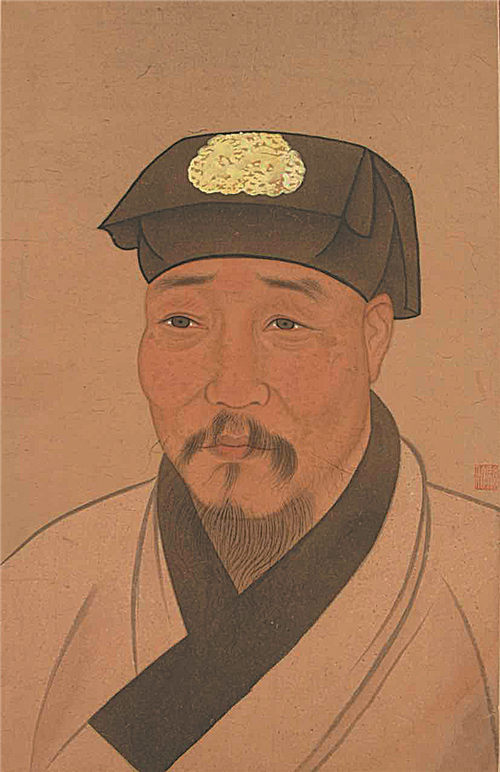

Gong says these artists carried forward the portraiture tradition by improving techniques, enriching the themes and styles of the form, and diversifying its presentation which can be seen vividly at the current exhibition.
"Before that, portraiture normally depicted emperors, mythological characters, men of high morality and reputation and historic figures who rendered outstanding services. While during the Ming and Qing dynasties, the genre developed more categories to meet diverse market demands, for example, imaginative portraiture of ancestors of successive generations ordered by ordinary families for worship on a day-to-day basis," Gong says.
Some works show officials and royal palaces in the background, expressing their commitment to service and royalty.
Another common category of portraiture usually shows an intellectual or a gathering of learned persons, set in and against a natural landscape, often of thatched cottages, mountains, woods, rocks and streams-an indication of their detachment from worldly affairs.
The exhibition also shows an important development in classic Chinese portraiture. While European missionaries served at the Qing court, they introduced the techniques of oil painting and copper etching, which later spread and influenced the way homegrown painters created their work. They experimented with new brushwork to add more dimension to the faces of their subjects.